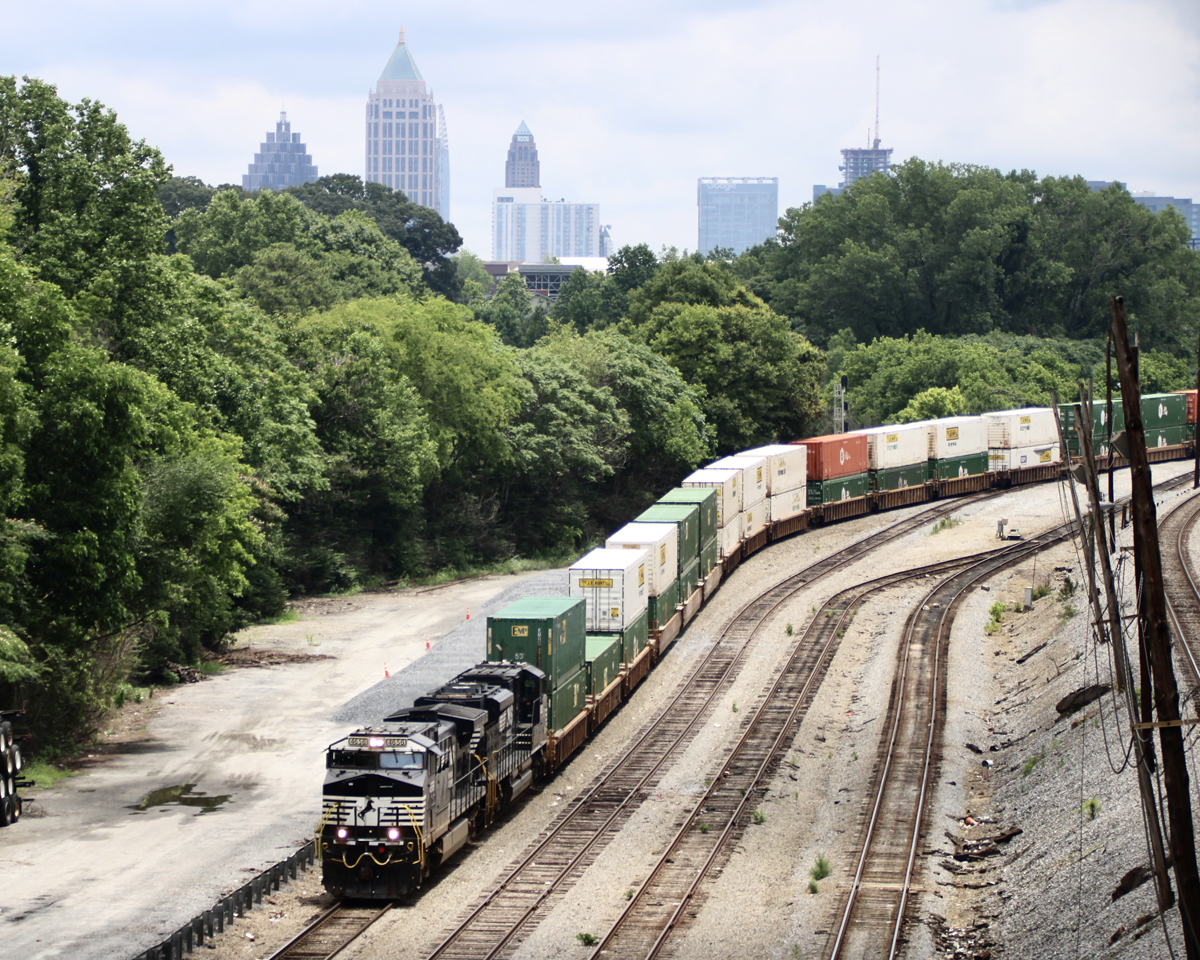
The proposed Union Pacific-Norfolk Southern merger leaves three major intermodal customers — J.B. Hunt, Schneider, and STG Logistics — in the awkward position of having their tents pitched in the wrong railroad camps.
J.B. Hunt, the largest domestic truckload intermodal operator, uses BNSF Railway in the West and relies primarily on Norfolk Southern in the East. Containers for No. 3 intermodal operator Schneider and No. 4 STG Logistics ride Union Pacific trains in the West and CSX’s in the East.
This leaves the companies unable to tap the benefits of coast-to-coast single-line service should the merger receive regulatory approval. Their rival, No. 2 Hub Group, sits in the sweet spot, using UP in the West and NS in the East.
Intermodal analyst Larry Gross is among the industry observers who believe that J.B. Hunt, Schneider, and STG ultimately will swap rail partners in the East. “I see it as inevitable because the one theoretical advantage of this merger is single-line haul,” Gross says.
J.B. Hunt and BNSF have a permanent partnership, which means that its option for single-line service would be to jump to CSX. CSX already handles some J.B. Hunt traffic, generally in lanes that are not served by NS. (Exceptions: BNSF to Atlanta over CSX through the Birmingham, Ala., interchange and from Chicago to CSX’s Northwest Ohio intermodal terminal, via haulage rights.)
Schneider, meanwhile, left BNSF for UP in 2023 and would be unlikely to return to BNSF, where it did not like playing second fiddle to J.B. Hunt. So it’s expected to shift to Norfolk Southern.
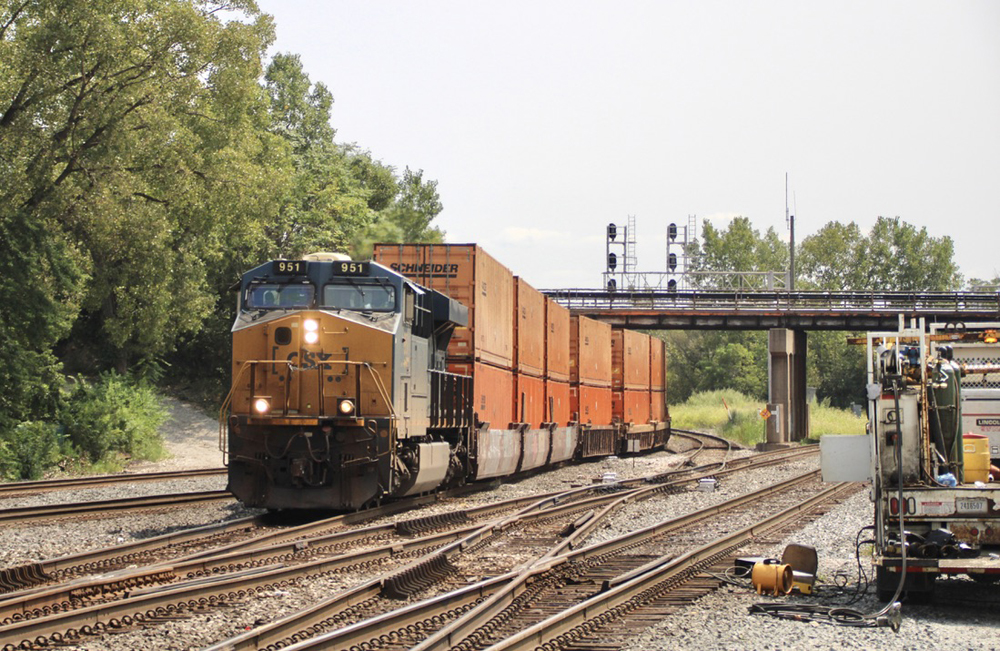
Given the exclusive J.B. Hunt-BNSF relationship and higher intermodal volume in the West, it’s also likely that STG would shift carriers in the East, departing CSX for NS.
“It’s not like there’s a necessity — a requirement — that they shift, but I think it just probably makes sense,” Gross says. “But these things are not easy. We’re talking major dislocation here.”
Schneider executives, speaking on the company’s earnings call on Thursday morning, said they are still weighing the potential impacts of Tuesday’s UP-NS merger announcement.
“We’re pro-competition and we’re pro-customer, and to the degree that any of this helps us achieve those, then that’s kind of where we’ll come down,” CEO Mark Rourke says. “We don’t have enough information at this time to take an official position.”
J.B. Hunt declined to comment. STG representatives did not immediately respond to a request for comment.
“I would expect the long-term relationship BNSF and J.B. Hunt have maintained to carry over into any potential merged environment involving BNSF,” a former Class I railroad chief operating officer says. “BNSF has continued to demonstrate a willingness to invest in intermodal capacity for growth and I would expect BNSF to invest in markets of demand beyond current capabilities.”
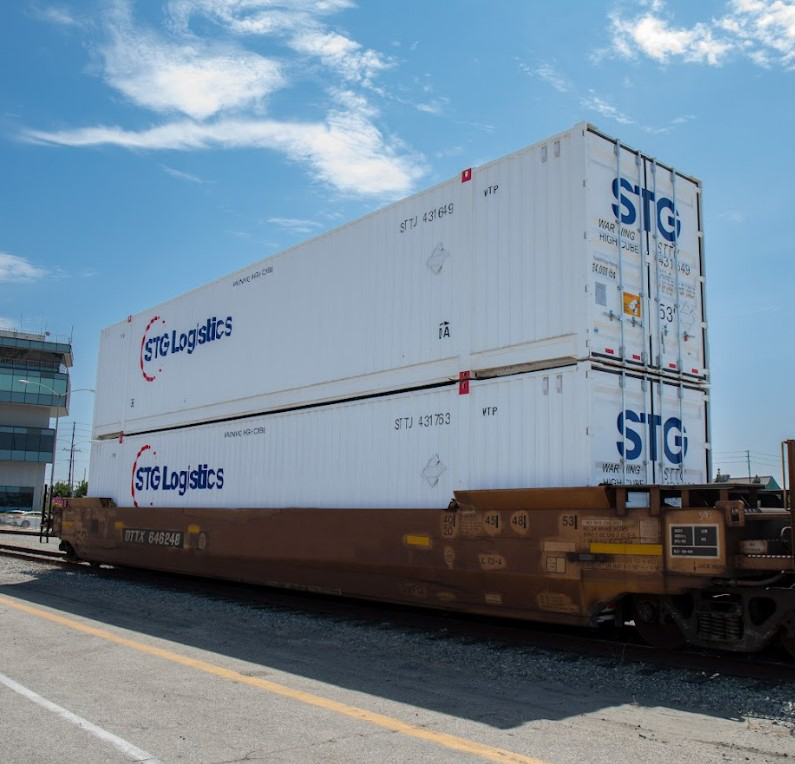
Hub Group, in a statement released with its financial results on Thursday evening, said it backs the UP-NS merger.
“The announced transaction would further accelerate our long-term growth opportunity,” Hub said. “Specifically, a transcontinental network removes friction in gateways, reduces transit times, provides access to new markets, and increases competition with truck volume through new single-line service.”
About 30% of Hub’s intermodal business is transcontinental.
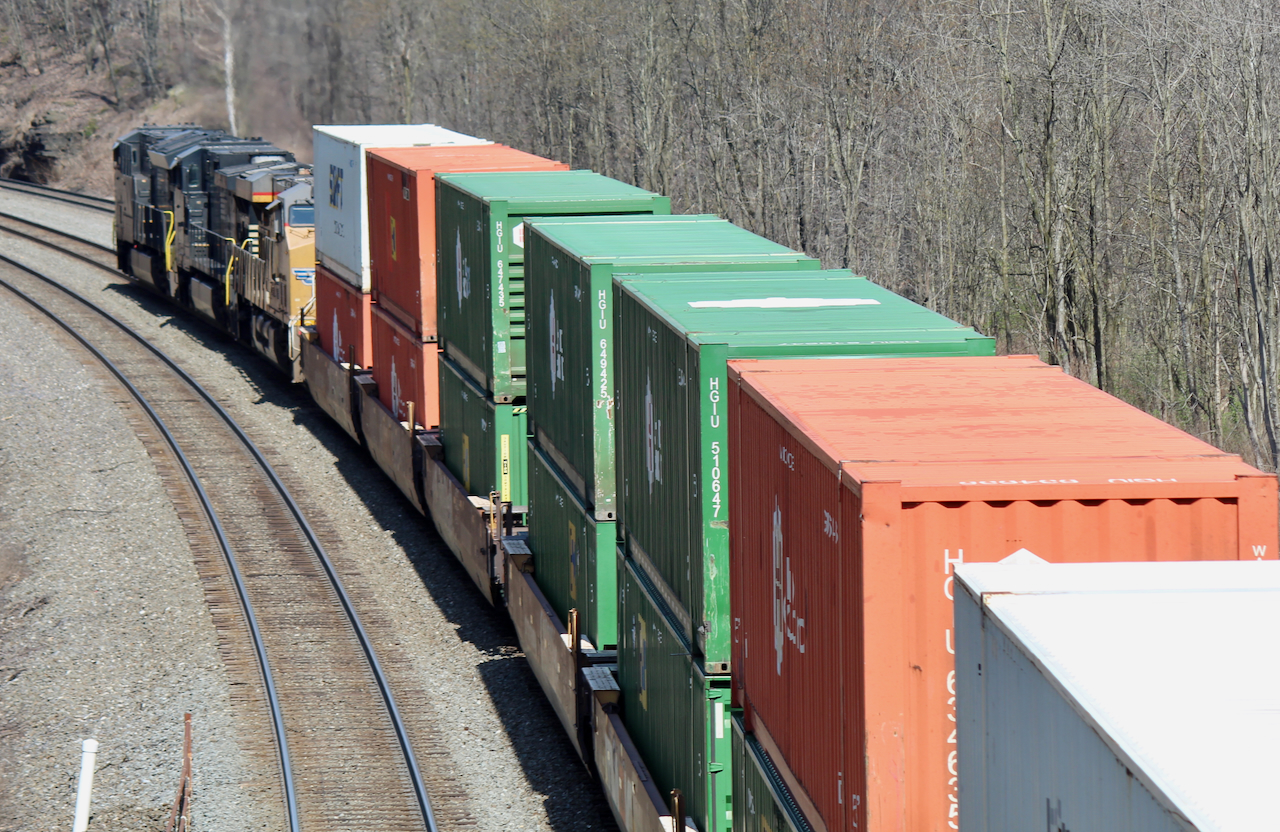
UP CEO Jim Vena and NS CEO Mark George, speaking to the trade media on Tuesday, said they want to retain their existing intermodal customers.
“We want customers to have more choice. We want them to win. We want them to stay with us, whoever’s with us, and we want to grow with them,” Vena says. “And the best railroad, the best companies win.”
George echoed those sentiments.
“We love Hunt as a customer. We want to retain Hunt. We want to grow Hunt … We don’t know anything about their agreements with BNSF, but there’s just room to grow for all of those partners,” George says.
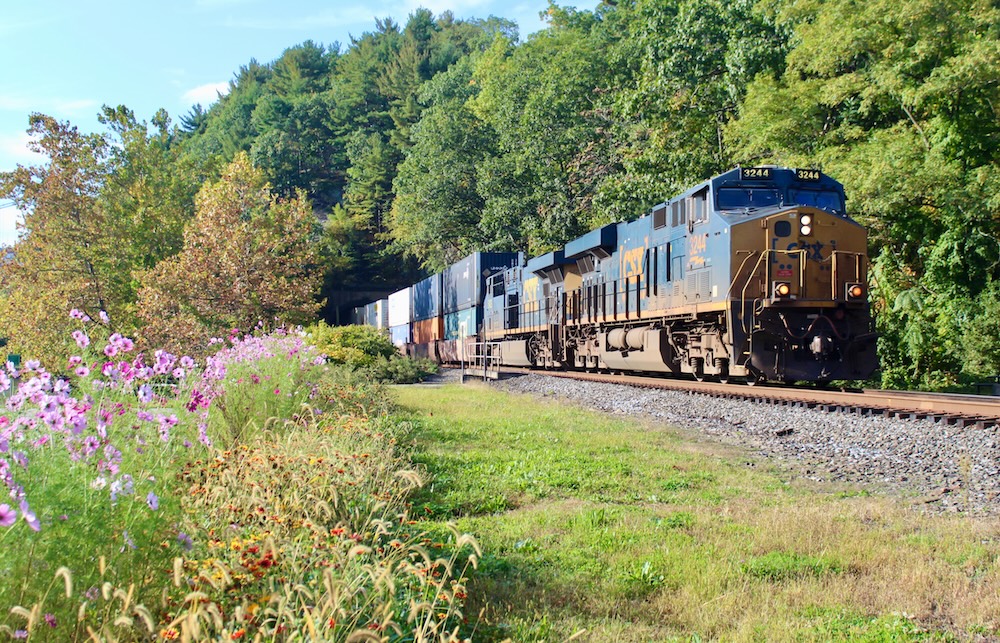
Another domestic intermodal wrinkle from the proposed merger: The UP-CSX UMAX joint container pool is unlikely to survive. “That’s definitely going to go away,” Gross says.
And that means that intermodal marketing companies that don’t have their own container fleets will lose a competitive option, Gross says.
If CSX ultimately merges with BNSF, it would potentially further reduce options for non-asset IMCs. BNSF is a BYOB railroad — as in bring your own box — while CSX Intermodal has its own fleet along with the UMAX containers. “If CSX ends up with BNSF, then I think CSX probably is out of the equipment provision business,” Gross says.
Rick LaGore, CEO of InTek Intermodal Logistics, says it’s too early to determine how a UP-NS merger would affect non-asset IMCs.
“At first glance, I see more upside on the carload side of the business. Intermodal is a bit messier due to existing alliances, shared assets, and the various railroads that asset IMCs rely on,” LaGore says.
As for the big truckload intermodal players, LaGore says “it’s not a given that STG or Schneider will have to make major moves, although for price and service reasons it will probably make sense over time.”
J.B. Hunt will have to make a decision sooner rather than later, LaGore contends, because UP will have visibility into J.B. Hunt’s business with NS as it works through the financials of the merger.
Intermodal marketing companies likely will want to keep their competitive options open despite the benefits of the larger single-line network a UP-NS combination would offer.
“On the partnership side, I still believe there will be handoffs within the UP–NS network that shippers and IMCs will want to maintain. In some markets, walking away from certain switches would make intermodal less competitive due to additional drayage,” LaGore says. “These connections may not be as smooth as within the merged network, but they’ll remain necessary because they work. And as long as price and service are there, shippers will expect them, and railroads will want the revenue.”
Ultimately, a transcon merger would lead to growth that would require an expansion of domestic container fleets.
“if business growth materializes, partnerships and boxes could proliferate throughout the network and no one will talk about the current box sharing programs. The bigger questions, for me anyway, are: Where do additional boxes come from and how they’re positioned to support demand is first in my mind. Who owns what pool is a secondary question,” LaGore says. “Who knows, maybe InTek starts owning boxes. All said, the box story will be written if intermodal were to double because of the merger. Personally, I’m skeptical that operational efficiencies alone will trigger that level of growth as I see more immediate benefits coming on the carload side.”







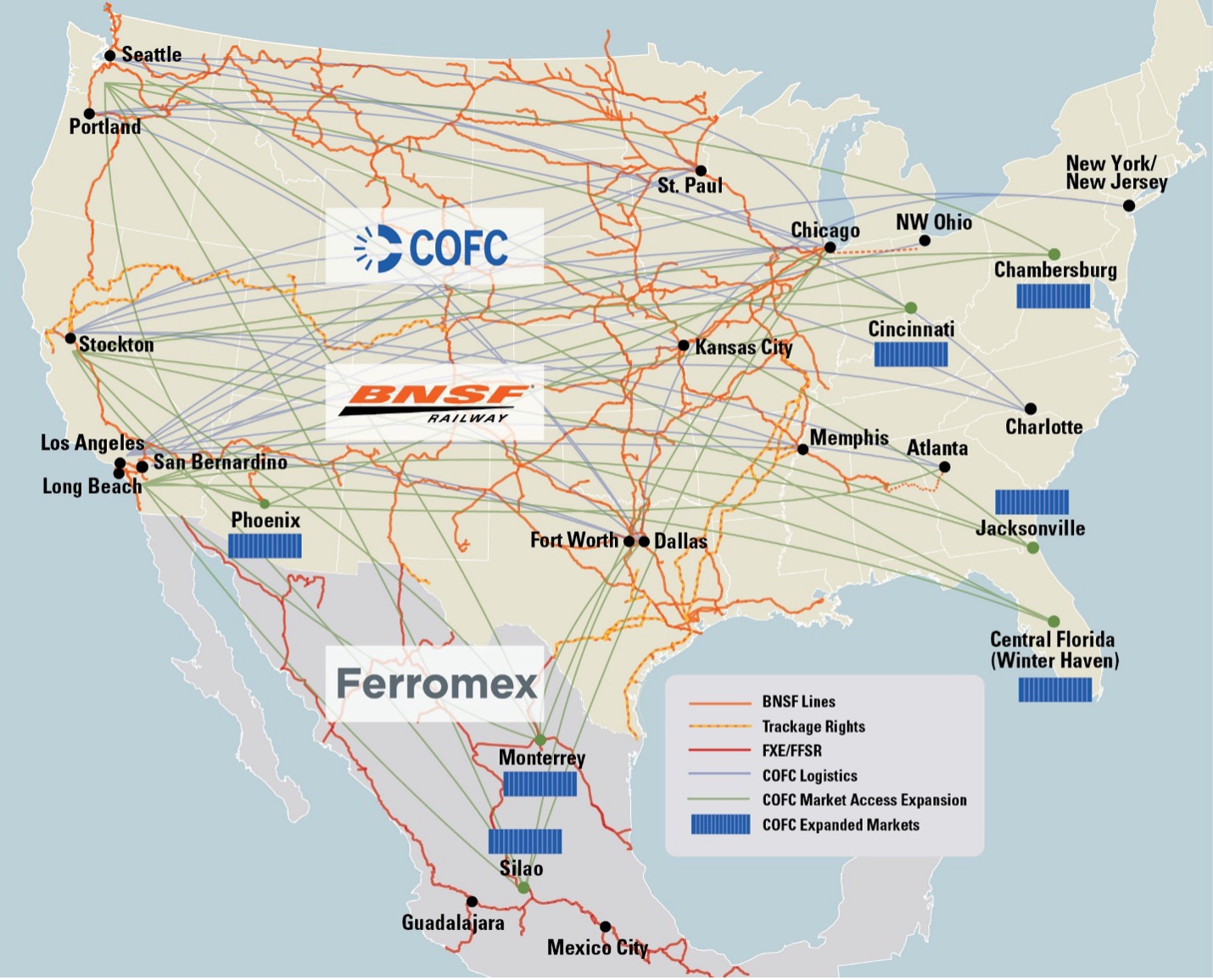
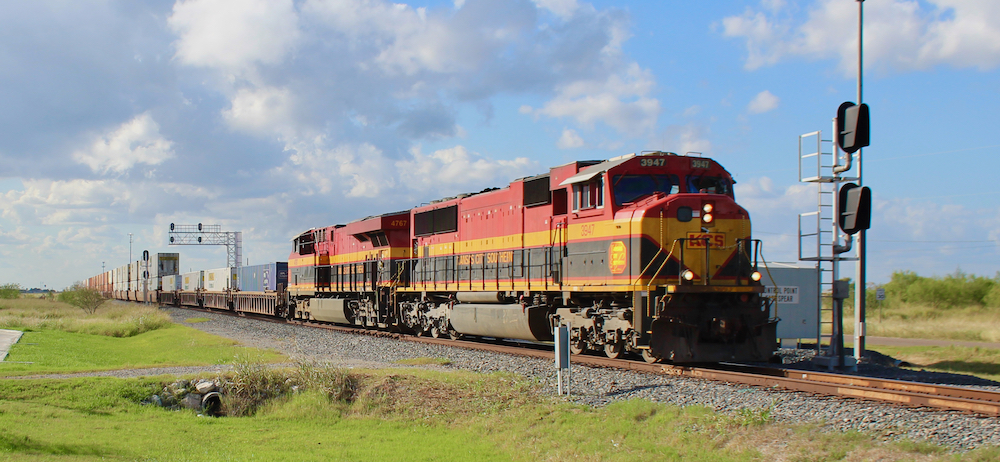
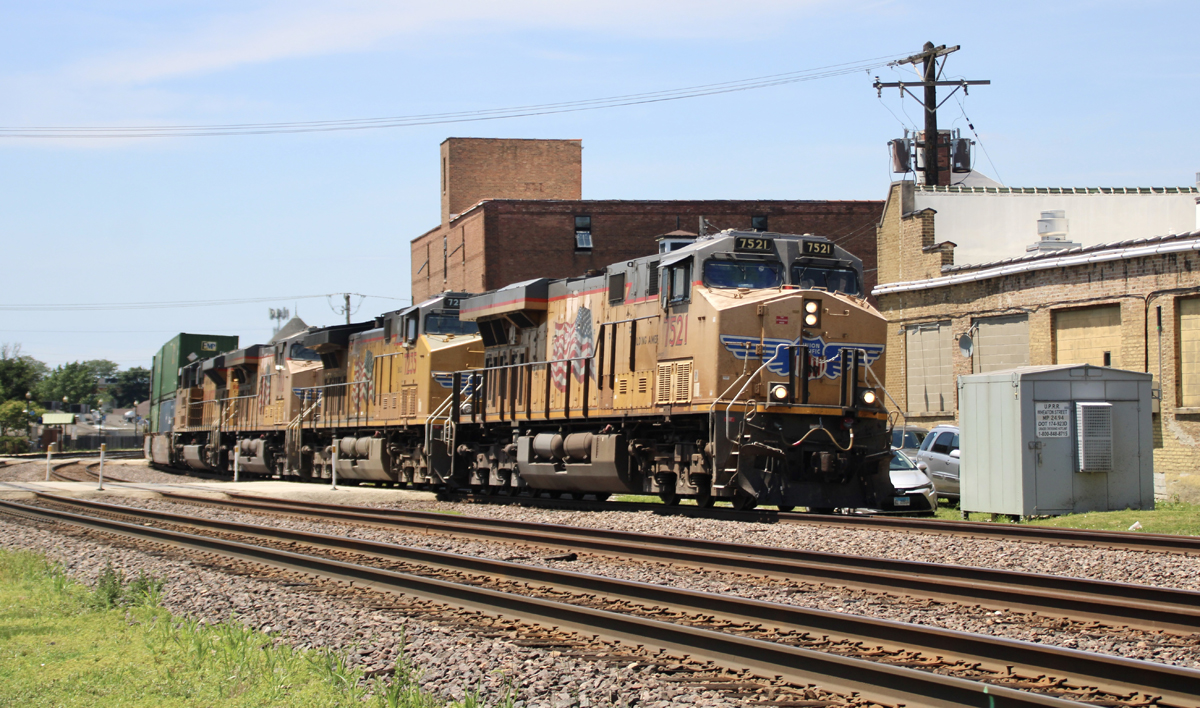
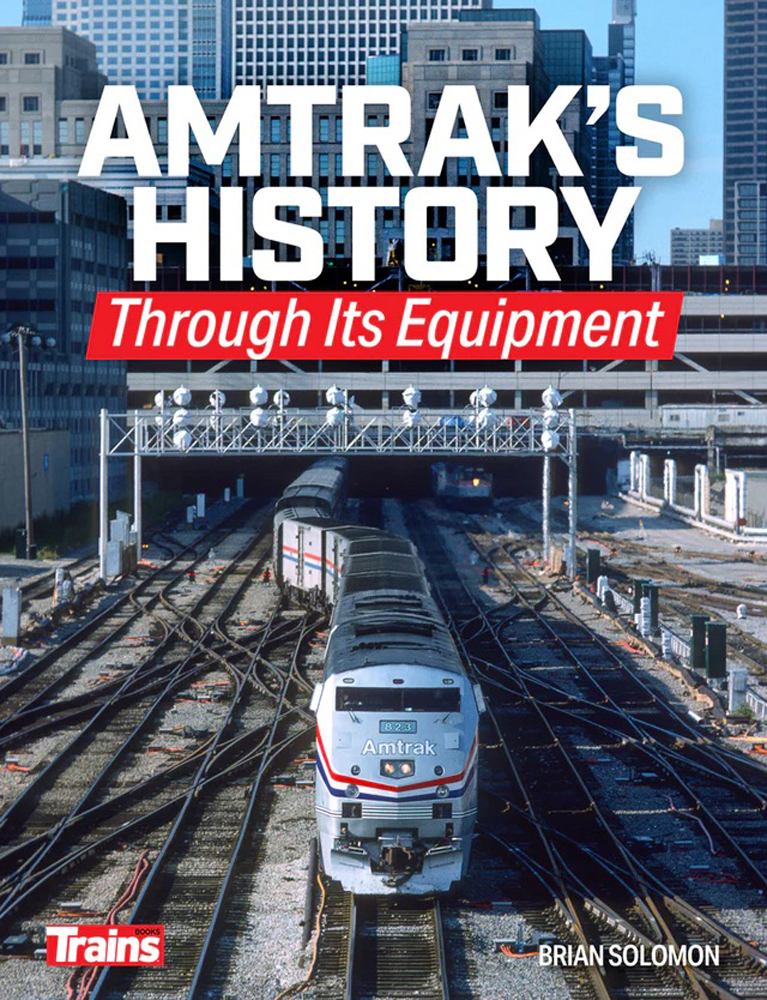
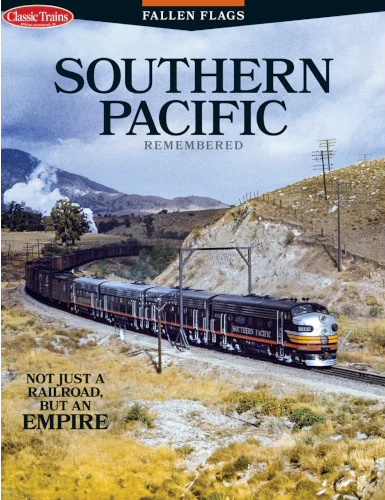
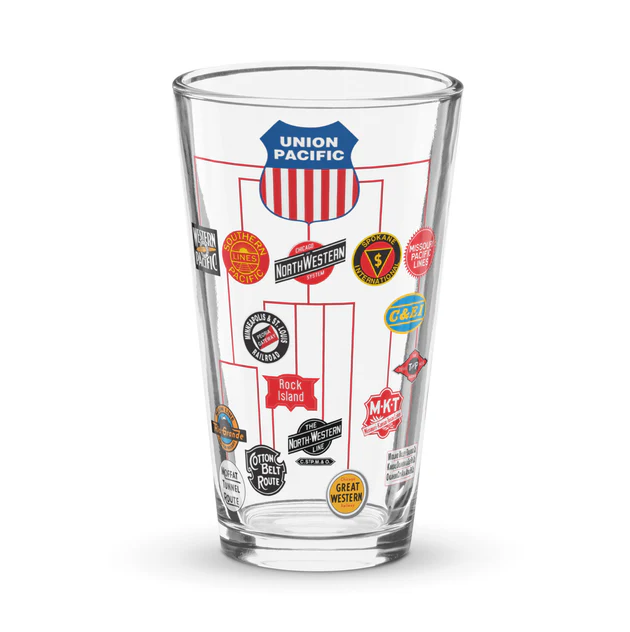
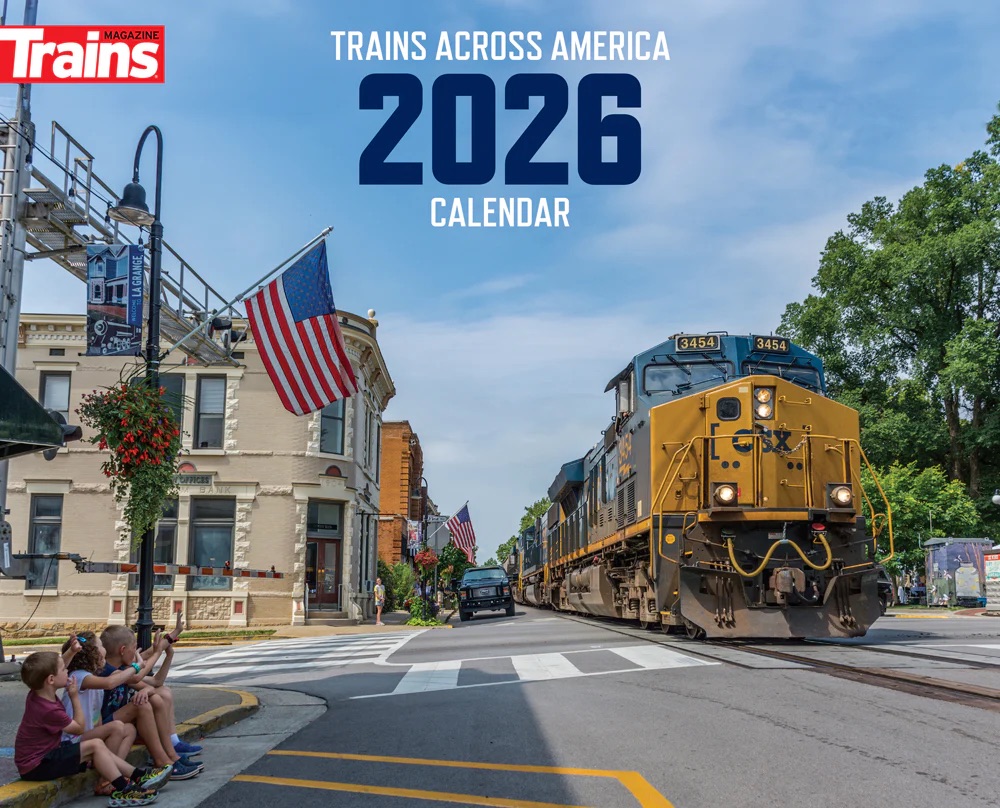
It’s a no-brainer for JBH to switch to CSX. They go everywhere NS does at this point and even some places NS doesn’t (think inner-city Baltimore & Philadelphia, lower Florida). And despite not being the majority hauler for JBH, they’re the only one to actually add service in the past year with intermodals I195/196.
UP and any intermodal shipper that intends to stay with them will have to deal with the shambles NS’s current intermodal offerings are and the disadvantage it initially puts them at.
Now if the merger is approved the shippers shall see what the new rate will be vs separate railroads because I see a intermodal train daily on the Austell,GA live cam that has UP locos on it.Ptobably a Los Angeles to Atlanta train.It changes crews at Shreveport,,LA.
In the long run we may see only one railroad serving the US. Merging all of them would then leave the only real competitor the railroads have had to contend with since WW II. The Government Highway system and the trucking companies that use them. Not possible.? 75 years ago what we have today was not considered possible
Bring back News wire the way it was. This new format stinks!!!
I found a section titled “Trains Pro / All Articles” under the communications area. After you read an article use the back arrow to go back to the page with all articles on it.
I agree with Dennis. I much prefer the News Wire the way it was, especially since dates were attached to each brief. If it ain’t broke, please don’t fix it. Also, when reading articles I greatly detest the screen jumping around with ads popping up everywhere. It is most distracting to try to pick up where I was reading.
First, if anyone thinks there is upside potential for carload business they better hurry up and go after it. In 1997 motor carriers had a 60% market share of intercity freight tonnage. This grew to about 70% a few years ago. Now the number is believed to be 75% or better.
“We love Hunt as a customer. We want to retain Hunt. We want to grow Hunt … We don’t know anything about their agreements with BNSF, but there’s just room to grow for all of those partners.”
— Mark George, NS CEO.
“Quantum contract – Don McInnes collection at the Barriger National Library at the U. of MO at St. Louis.”
— Mark S. Cane, Author of BN – Against All Odds. See Volume 2, pages 104 and 105.